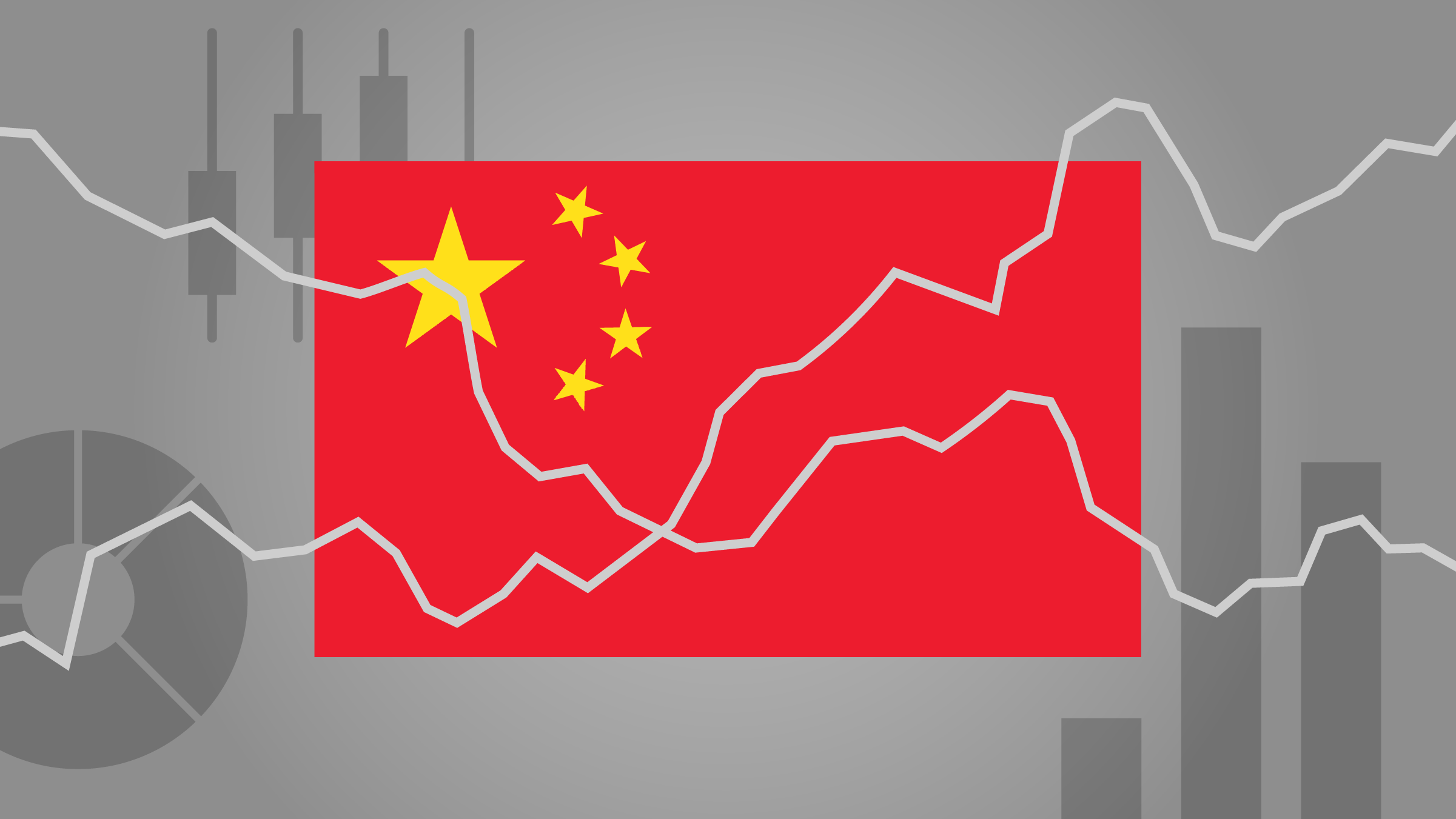Sunniva Kolostyak: Welcome to Morningstar. It's a common assumption that active managers are more successful in emerging markets than passive because of the breadth of opportunity and less analyst coverage. But is that really the case? In our studio today, I have Monika Calay, Director of Passive Strategies Research.
Monika, what is the data telling us on this? What is the success rate really of active fund managers?
Monika Calay: That's a great question. So, when we look at the data, only about 20% of active managers in the global emerging markets equity category both survive and outperform their passive peers. So, it paints a picture that identifying a skilled manager in this asset class is not as straightforward as it may seem. And to highlight this challenge even more, when we look at the number of active funds that have closed or merged over the past 10 years, that is also high. It's around 40%. So, it's a common misconception that the inefficiencies in emerging markets make it easier to pinpoint skilled active managers, and investors that are seeking to access this asset class still need to conduct their due diligence.
Kolostyak: So, what does the passive landscape look like? What are the benefits and challenges that you see here?
Calay: Sure. So, let's start with market capitalisation. So, I'm thinking things like FTSE Emerging or MSCI Emerging Markets indices. Those are two flagship ones that are top of mind. We have a few concerns with these indices, but overall, we have a positive view on the strategy. But here are our concerns. So, our main one is country concentration. To give an example, China, Taiwan and India represent around 60% of total portfolio weight in these indices. Now you may say that active managers also have large single country allocations. But at least in theory, that's because they're hopefully conducting fundamental research that substantiate those weights. We're also concerned about political risks. So, an illustration of this was March last year, when Russia was essentially deleted out of these indices, and as a result, asset managers had to write down those positions to zero. So, there are evident concerns, but we also have a few aspects of these strategies that we find appealing. So, we appreciate the broad diversification. They are representative of the opportunity set. And we also see their lower cost as a tailwind. So, just to give you an example of what that looks like for this particular category, passive ones tend to charge between 18 basis points and 55 basis points, but the median level fee for the category is 1.3%.
Kolostyak: Another thing I want to talk about is ESG. You mentioned country risk as well regime risk. There's a lot of investors who are looking to align their personal views and beliefs with their investments, especially younger people. We see more and more inflows into sustainable funds. What opportunities are there for those investors in these spaces?
Calay: That's a great question. So, with ESG, there is often a balancing act between adhering to ESG principles and maintaining diversification. So, in our rating system, we tend to rate funds that track ESG indexes that do not deviate away from market capitalisation in the same way that we would rate a market cap weighted benchmark, because they're essentially not that different. So, here I'm talking about ESG screened methodologies such as the MSCI ESG Screened methodology. So, just to give you a little bit more context behind this methodology, it applies light screen, so it excludes companies that are in the so-called vice sectors. So, I'm talking about things like nuclear weapons, civilian firearms, tobacco, oil.
However, if an investor has a stronger ESG orientation, then this approach may not fit the bill. They may be looking for something that has a stronger ESG orientation. So, these methods would include things like the MSCI ESG Leaders or the SRI suite. With these strategies, the one caveat is that they will exclude a very significant portion of the market. And so, the portfolio will deviate away from market capitalisation as I mentioned earlier.
So, some of the interesting takeaways from how these portfolios look. China, for example, is a significant underweight. It tends to have a 20% weight in these portfolios, which is a 10% underweight to the MSCI Emerging Markets. So, as investors are approaching this asset class, they really need to make an informed decision behind what they're comfortable with in terms of deviation away from market capitalisation, and also how they want to align their values to their portfolio selection decision process.
Kolostyak: Monika, thank you very much. For Morningstar, I'm Sunniva Kolostyak.
















